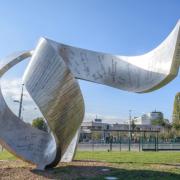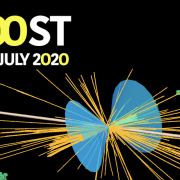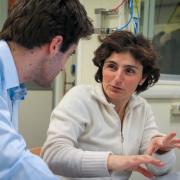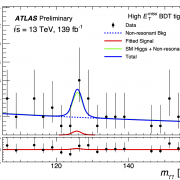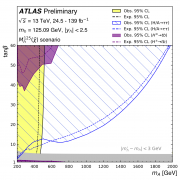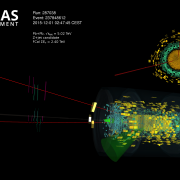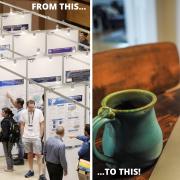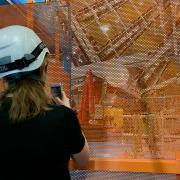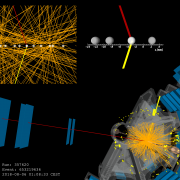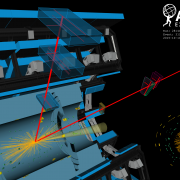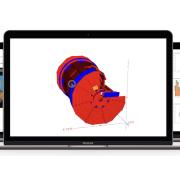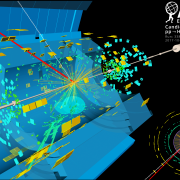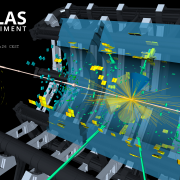Access to Collaboration Site and Physics Results
Updates tagged: “LHCP17”
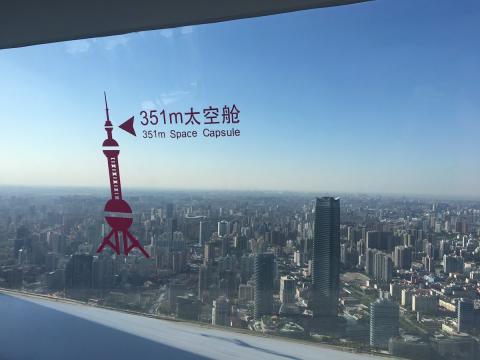
Something old, something new: perspective of LHCP2017
More than 400 physicists from around the world visiting Shanghai to hear the latest LHC results, at the fifth annual Large Hadron Collider Physics (LHCP17) conference. It was a wonderful opportunity for Chinese particle physicists and students, who do not often have the chance to travel abroad! Even for me, although I have been working on the LHC for almost 10 years, this was still my first time attending such a high-level conference to hear the first-rate physics results from all four experiments at the Large Hadron Collider.

ATLAS highlights from LHCP
The fifth annual Large Hadron Collider Physics (LHCP2017) conference was held this week at Shanghai Jiao Tong University in a leafy suburb in the former French concession in Shanghai, China. This year there were more participants than ever before: 470 people from universities across the globe. ATLAS presented an interesting set of new results exploiting the high statistics of the combined 2015 and 2016 dataset.
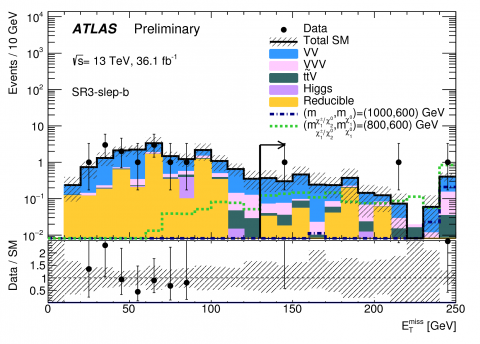
ATLAS releases new results in search for weakly-interacting supersymmetric particles
Supersymmetry is an extension to the Standard Model that may explain the origin of dark matter and pave the way to a grand unified theory of nature. For each particle of the Standard Model, supersymmetry introduces an exotic new “super-partner,” which may be produced in proton-proton collisions. Searching for these particles is currently one of the top priorities of the LHC physics program. A discovery would transform our understanding of the building blocks of matter and the fundamental forces, leading to a paradigm shift in physics similar to when Einstein’s relativity superseded classical Newtonian physics in the early 20th century.
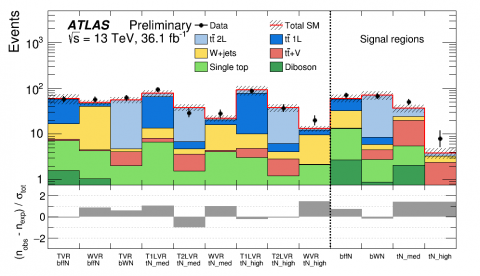
Hunting for the superpartner of the top quark
Supersymmetry (SUSY) is one of the most attractive theories extending the Standard Model of particle physics. SUSY would provide a solution to several of the Standard Model’s unanswered questions, by more than doubling the number of elementary particles, giving each fermion a bosonic partner and vice versa. In many SUSY models the lightest supersymmetric particle (LSP) constitutes dark matter.

New ATLAS precision measurements of the Higgs Boson in the 'golden channel'
With the huge amount of proton–proton collisions delivered by the LHC in 2015 and 2016 at the increased collision energy of 13 TeV, ATLAS has entered a new era of Higgs boson property measurements. The new data allowed ATLAS to perform measurements of inclusive and differential cross sections using the “golden” H->ZZ*->4l decay.


